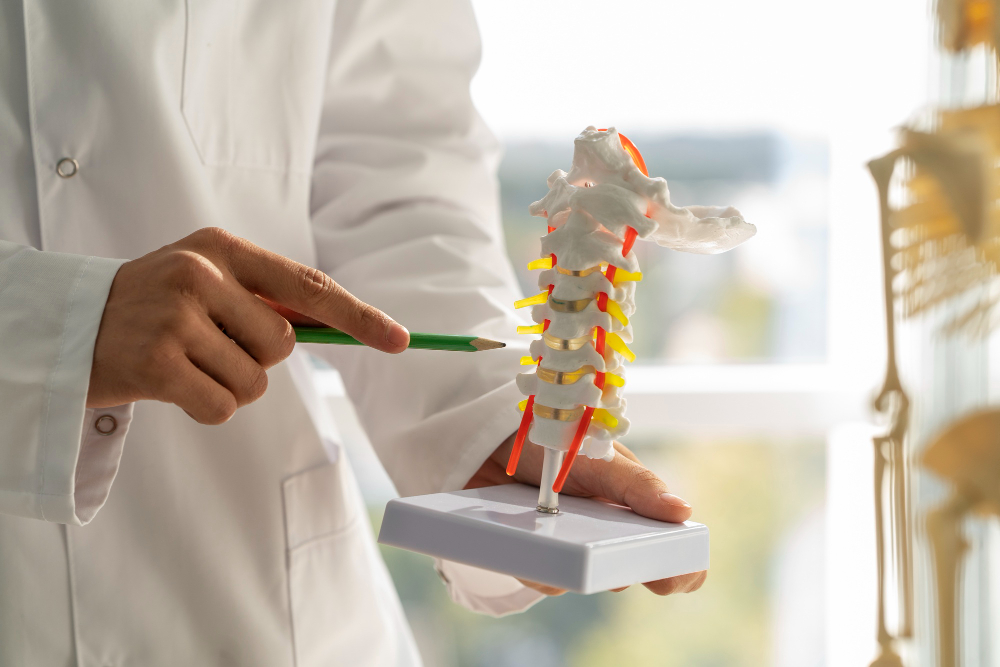


Spinal Arteriovenous Malformations (Spinal AVMs)
Spinal arteriovenous malformations (AVMs) are congenital abnormal connections between the spinal cord vessels. Normally, arteries transfer blood slowly to the veins through capillaries, but in AVMs, there is no capillary network; blood flows directly from the arteries to the veins. This creates high pressure in the blood vessels and disturbed blood flow.
Characteristics
They can be located within the spinal cord (intramedullary), around it (extramedullary), or both.
The abnormal structure of the vessels can gradually damage the spinal cord.
They can occasionally present with direct bleeding (subarachnoid hemorrhage).
Symptoms
Slowly progressing weakness or numbness in the legs
Gait abnormalities
Problems with bladder and bowel control
Back and neck pain
Sudden paralysis (rarely, after AVM bleeding)
Diagnosis
Magnetic Resonance Imaging (MRI): Can show abnormal vascular structures in the spinal cord and spinal cord swelling (edema).
Digital Subtraction Angiography (DSA): The gold standard for diagnosis. It shows the exact anatomy of the AVM and the feeding vessels.
Treatment
Endovascular Embolization: The vessels feeding the AVM are closed off from the inside.
Microsurgery: In suitable patients, the AVM can be directly removed.
In some small, asymptomatic AVMs, monitoring may also be considered.
Outcome
Early diagnosis and appropriate treatment can preserve neurological function. However, untreated AVMs can lead to progressive spinal cord damage and serious disability.